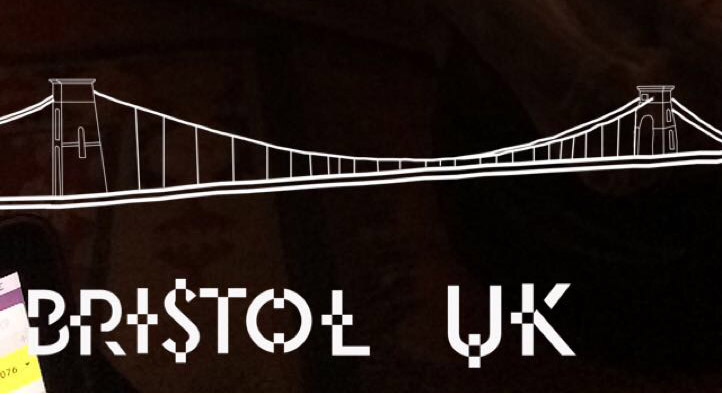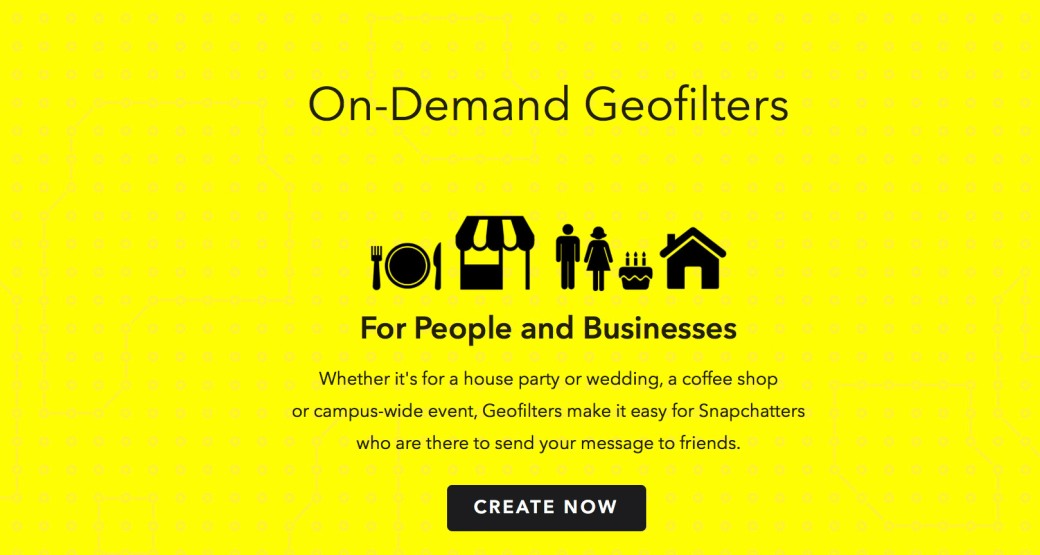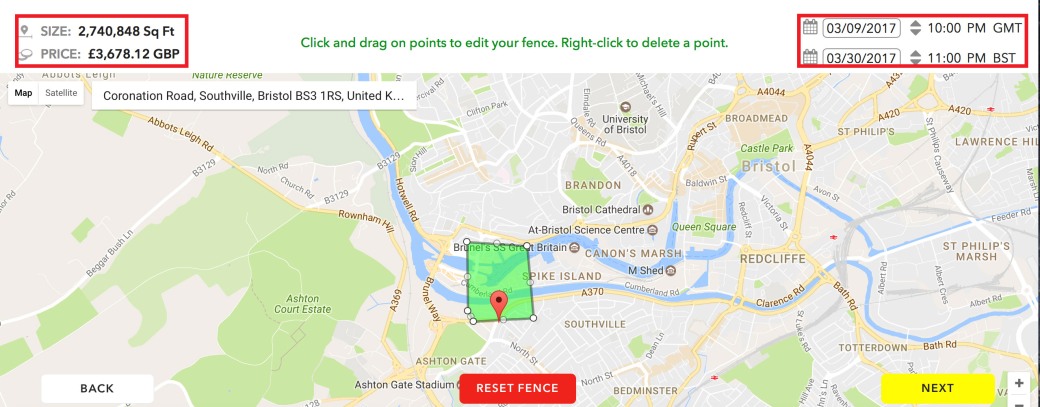Since the progression of ‘web 2.0’, we have seen vast developments and changes in applications and various social media tools.
Two of the biggest and most prevalent social media applications are Snapchat and Instagram.
Snapchat
Since originally launching in 2011 as ‘Pictaboo’, the application began with a measily 127 users and after a year of the founders arguing over equity, the application was later renamed to ‘Snapchat’ in 2011. By the summer of 2012, Snapchat had finally found it’s calling with an exuberant 100,000 users – the app quickly spreading throughout cyberspace.
How does it work?
Snapchat’s intended usage was for participants to send ‘snaps’ from user to user, with a timed feature. This meant the user could select for the image or video to be seen for up to 10 seconds. Therefore, the content was unsalvageable and could only be seen on a one time basis.
However, the catch 22 was screenshots. The opposing user could screen shot a certain image or video to save the content permanently. As the app has continued to evolve, the opposing user is now notified if their content has been screen shot or viewed by followers.
The app enabled the user to send characterised text or other keyboard features such as emojis and other phone symbols.
Snapchat Stories
One of Snapchat’s unique selling points (USP) was the Snapchat story. This gives you the control to create your own story of events, using both pictures and video. It works like a running thread of content which lasts up to 24 hours from the posting date and time.
As an account holder, you are also able to save the story to your mobile phone and keep as a permanent copy. Which enables you to keep the content after the 24 hour time out has been exceeded.
Geofilters – otherwise known as Location filters
Another USP for Snapchat is the interactive filters which can be used on various smart phones. This makes any content produced in this manner Snapchat exclusive, which is easily recgonisable among other social media.

These filters were initially introduced for humourous purposes and to help friends interact with each other in a comical and entertaining manor.
The filters worked via face recognition, transforming an individuals face, such as superimposing an animal’s face with an animated tongue integrated (see image). One of the many exciting filters added to the system.
The team at Snapchat have thought of even more ways to encourage cash flow into the company. According to TechCrunch Snapchat has 2 types of filter; the community Geofilter and the sponsored filter. This can come at a cost if you choose to go down the marketing route.
Community filters are free but cannot include logos or any marketing content. For example, an ideal design for a community filter is the name of the town or city or popular location in the world. This is triggered via the location features enabled on smartphones to identify the exact location of an individual. 
The sponsored Geofilters enables big brands to cover large distances with marketable content which of course involves money- a clever tactic from Snapchat. The image below explores the marketing many companies used for Black Friday.
The minimum range parameters for these filters to be accessed is from 5000 square feet to an astonishing 5,000,000. There is also a minimum time frame of 30 minutes to a maximum of around 4 weeks. You can design your own filter here by directing yourself through to the Snapchat website or click here for more details.


So how much does it cost?
Considering how much flexibility the application gives you from a marketing perspective, the price is quite reasonable. I did a small grid reference around my house in Bristol and found it would cost roughly £16.00 to have the filter active for 1 hour. It was a basic PNG image with small icons inside it.


On the opposite end of the spectrum, it would cost around £3000.00 to have the filter active till the end of the month (21 days) which seems a lot more expensive in the grand scheme of things.
How does this complement PR?
This is an absolute godsend for PR professionals, particularly for campaigns and promoting an up and coming event.
The Sponsored Geofilter would be extremely effective for a PR stunt or campaign. It would enable the public to engage with the event interactively and share the information on other media. This would work particularly well if a hashtag took off and as a result, began trending on Twitter and Instagram. Running the filter for just 1 hour (£16) seems like a feasible alternative to promoting your event.
The idea you can save stories gives you the accessibility in reposting to other social media such as Facebook, Twitter and other popular platforms. The large advancement means you can create a social media loop whereby the user is directed around each of your social media channels.
If it is a PR campaign you can encourage consumers to ‘add us on Snapchat to see more behind the scences of the campaign and what else we are up to’. A fantastic way to consistently put out content for customers to view back to back. It should also encourage users to follow you on your other platforms, increasing awareness of your campaign.
It is obvious that Snapchat is a great tool for eager PR people but with the constant shift of activity in the digital age, Snapchat’s reign could soon come to an end. According to Owen Williams (2017), since Instagram coincidentely acquired their own ‘story feature’, more people are returning to Instagram to do the same thing they originally became obsessed with on Snapchat. Either way, both platforms give plenty of food for thought among practitioners in the public relations world.
This again reinforces how PR is adapting to the digital age, through the various advancements which are happening on a monthly basis. New applications and social media tools are always being launched and integrated with current successful media. This shows the versatility of PR and how it can be easily moulded to majority of new resources and materials in the ‘digisphere’.
Word count: 1030.
References
Crook, J (2016) Tech Crunch. Available from: [https://techcrunch.com/gallery/a-brief-history-of-snapchat/slide/15/]
Williams, O (2017) LinkedIn. Available from: [https://www.linkedin.com/pulse/why-im-leaving-snapchat-so-all-your-friends-owen-williams-1?trk=v-feed&lipi=urn%3Ali%3Apage%3Ad_flagship3_search_srp_content%3B%2Fyk7XfR6Ucmms7UXwBsVwg%3D%3D].


